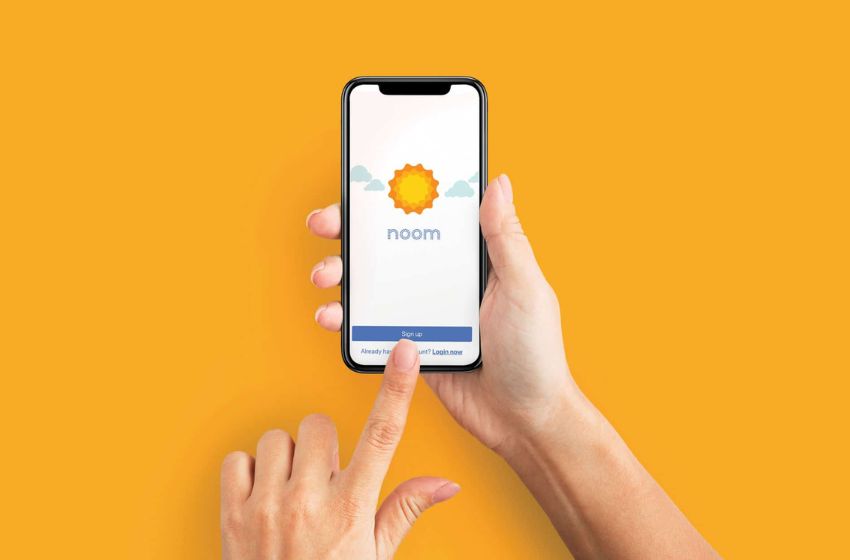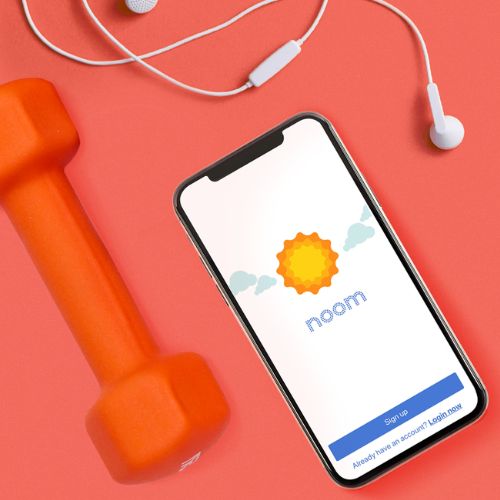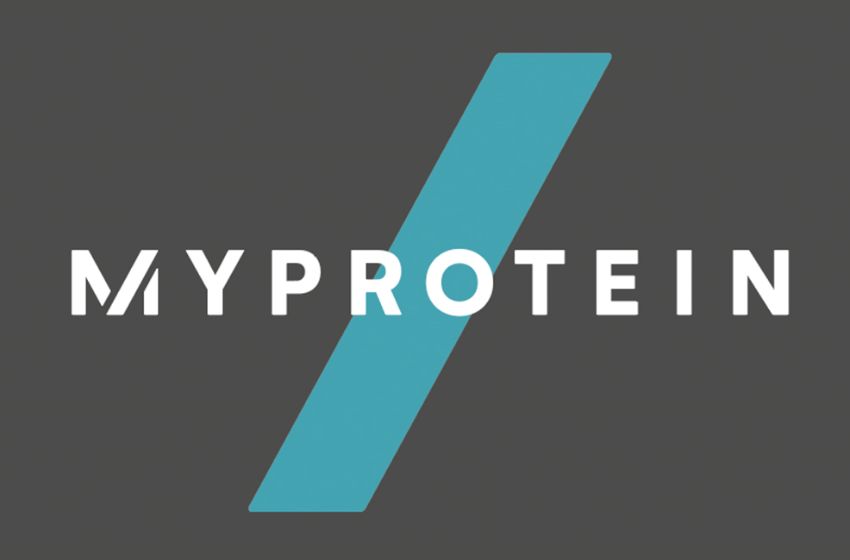
Introduction to Noom’s Approach
Noom believe that lasting behavior change comes from within. Our proprietary technology gets to the root of your unhealthy habits and helps you break them for good.
Noom’s Approach is based on the latest scientific research on behavior change. We know that sustainable weight loss comes down to four key factors:
1. Eating fewer calories than you burn
2. Exercising regularly
3. Reducing unhealthy food cravings
4. Breaking bad eating habits
Noom’s comprehensive program addresses all four of these factors with individualized coaching, personalized meal and workout plans, and a supportive community to keep you accountable.

How Noom Uses Behavioral Science
Noom's approach to nutrition and fitness tracking is based on behavioral science. This means that Noom takes into account how people actually behave when it comes to food and exercise. Noom uses this information to help people make better choices about what they eat and how they move.
Noom provides users with personalized
Noom’s approach has been proven to be effective in multiple scientific studies. In one study, Noom users were found to be more likely to lose weight and keep it off than those who didn’t use the app. In another study, Noom was shown to improve people’s overall health by reducing blood pressure and cholesterol levels.
If you’re looking for a nutrition and fitness app that can help you reach your goals, Noom is definitely worth checking out.
Noom's Color System for Tracking Food Groups
Noom's color-coded system for tracking food groups is based on the latest scientific research on nutrition and healthy eating habits. The system is designed to help you make better choices about what to eat, and to avoid over-eating or eating too much of one type of food.
Here's how it works: each food group is assigned a color, and you use the Noom app to track your daily intake of each food group. The colors are based on the USDA's MyPlate guidelines, which are the latest recommendations for healthy eating.
Green: Vegetables and fruits are the foundation of a healthy diet, and they're also the most nutrient-dense foods. That means they're packed with vitamins, minerals, fiber, and antioxidants that help protect your body against disease. Aim for at least half of your plate to be filled with vegetables and fruits at each meal.
Yellow: Lean protein is an important part of a healthy diet, and it helps build and repair muscle tissue. Choose lean protein sources such as poultry, fish, beans, tofu, and low-fat dairy. Aim for two servings of lean protein at each meal.
Red: Foods in the red category are higher in calories and fat than other food groups, so they should be eaten in moderation. This includes foods like red meat, full-fat dairy, processed meats, and sweets. Aim for one serving of red meat per week, and limit sweets to special occasions or small
Other Features of the App, Such as Goal-Setting and Reminders
The Noom app also has other features to help users reach their goals, such as goal-setting and reminders. With the app, users can set daily, weekly, or monthly goals for themselves, and they'll receive reminders to stay on track. The app also allows users to track their progress over time so they can see how well they're doing.
Pros and Cons of Using the App
There are a lot of fitness and nutrition apps out there, so it can be tough to decide which one is right for you. Noom is a popular option that uses a science-based approach to help you make healthier choices and reach your goals. Here's a look at some of the pros and cons of using the Noom app.
Pros:
1. Noom uses a unique color-coding system to help you quickly identify which foods are healthy and which are not.
2. The app provides detailed information on the nutritional content of each food, so you can make informed decisions about what to eat.
3. Noom offers personalized meal plans and exercise routines based on your unique goals and needs.
4. The app tracks your progress over time, so you can see how well you're doing at meeting your goals.
5. Noom also offers support from real people, so you can get motivation and advice when you need it most.
Cons:
1. The monthly subscription fee for Noom can be expensive for some people.
2. Some users have found the color-coding system to be confusing or difficult to use.

Alternatives to Noom
There are a number of different approaches to nutrition and fitness tracking, and Noom is just one option. Here are some alternative approaches that you may want to consider:
1. Calorie counting: This is the most traditional approach to tracking food intake and can be done with a simple notebook and pen or an app like MyFitnessPal. But Noom offers all these features at cheap prices.
3. Food journaling: Similar to calorie counting, food journaling involves tracking everything you eat and drink throughout the day. This can help you identify patterns and make healthier choices going forward.
4. Fitness tracking: This approach focuses on tracking your physical activity levels, whether that’s through a wearable device or an app like Strava.
5. Weight loss programs: There are a number of weight loss programs out there that combine different approaches to nutrition and fitness, such as Weight Watchers or Slimming World.
Conclusion
Noom's approach to nutrition and fitness tracking is built on the latest scientific research, making it an effective way to lose weight and improve your overall health. By combining a comprehensive food log with personalized coaching and a supportive online community, Noom can help you create lifestyle changes that last for years to come. Whether you're looking for quick-fix solutions or more long-term strategies, Noom has something for everyone. With their science-backed approach, they have transformed countless lives—yours could be next!


